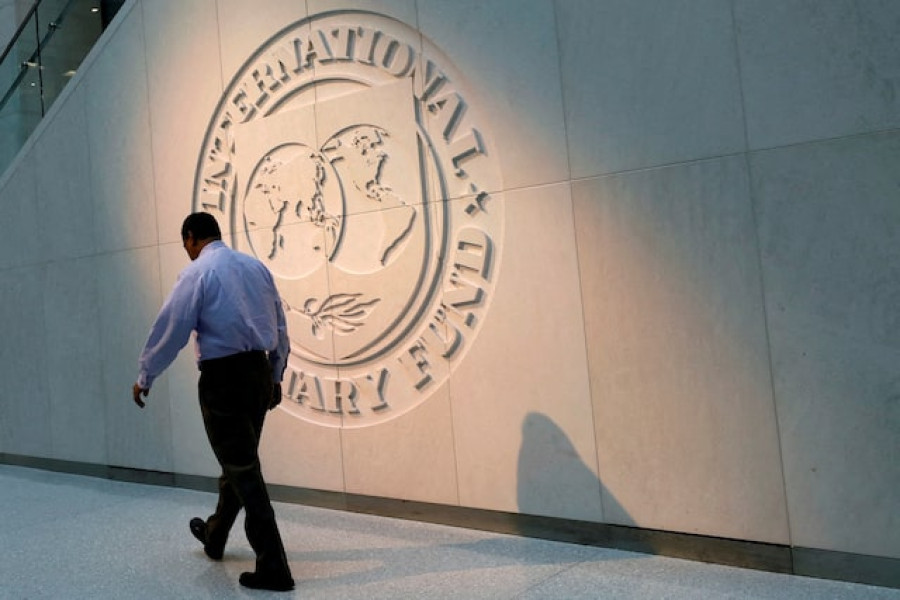Money
IMF expects Nepal’s economic activity to pick up
Nepal’s economic activity is expected to pick up with growth reaching 4.9 percent in Fiscal Year 2024/25, says the global agency.
Post Report
The International Monetary Fund (IMF) has said Nepal, despite challenges, has continued to make progress, reforms and attaining important achievements.
The global financial agency issuing a statement on Thursday said Nepal’s economic activity is expected to pick up with growth reaching 4.9 percent in the fiscal year 2024-25, supported by stronger domestic demand.
“Nepal continues to make progress with the implementation of the Extended Credit Facility-supported programme. On the fiscal front, important achievements include approval of a Domestic Revenue Mobilisation Strategy by the Ministry of Finance aimed at strengthening tax collection, and an action plan by the National Planning Commission (NPC) aimed at improving execution of budgeted capital projects,” reads the statement.
Other envisaged reforms to further enhance fiscal transparency are well advanced, the IMF added.
“These include incorporating most Extra Budgetary Funds accounts in the annual financial statements published by the Financial Comptroller General Office, and publishing audited financial statements for some key public enterprises.”
The report also said that reforms—finalisation and full implementation of the Supervisory Information System for all banks and progress on the procurement of an independent international consultant to assist the Nepal Rastra Bank in the conduct of the Loan Portfolio Review of the 10 largest banks—had been made to strengthen the bank’s capability to assess bank asset quality and credit risk management.
The IMF said that Nepal’s projected growth of 3 percent for the upcoming fiscal ‘remained below potential’ in the context of subdued domestic demand and post-pandemic balance sheet repairs.
“Reflecting timely policy actions, favourable commodity prices, and subdued domestic demand, inflation has decreased from a peak of 8.6 percent in September 2022 to 4.6 percent in April 2024,” the statement reads.
The fiscal space for development spending, including on infrastructure and targeted social benefits, is also limited as the tax-to-GDP ratio remains below pre-pandemic levels despite some recovery.
“Banks’ non-performing loans doubled since August 2022 to 4.0 percent in April 2024 and profitability declined, while the financial health of the savings and credit cooperatives (SACCO) sector has deteriorated.”
However, the agency has painted a bright picture for Nepal citing its strengthening external position, reflection on prudent policies, buoyant remittances, and subdued imports.
The cautiously accommodative monetary policy stance, planned increase in capital expenditure in the upcoming fiscal 2024/25 budget, additional hydropower generation, and continued increase in tourist arrivals are expected to boost domestic demand ‘with growth reaching 4.9 percent’.
IMF also reported the inflation to remain within the NRB’s target ceiling of 5.5 percent.
“Nepal’s medium-term outlook remains favourable as strategic investments in infrastructure, especially in the energy sector, are expected to support potential growth,” the agency said.




 8.12°C Kathmandu
8.12°C Kathmandu













